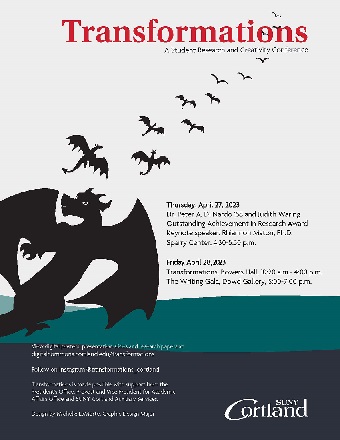Files
Download Full Text (12.4 MB)
Faculty Mentor
Andrea Dávalos
Abstract
Soil biodiversity serves ecologically important roles like nutrient cycling and is used as an indicator of community disturbance. North American forests host a multitude of ecological stressors, including invasive plants, earth worms, and deer abundance. While relationships between deer and invasive species, as well as relationships between macroinvertebrates and worms have been heavily investigated, the effects of invasive plant species like Pale Swallowwort on soil biodiversity are unknown. To test our hypothesis that Pale Swallowwort affects soil biodiversity, we collected leaf litter from three state parks throughout Central New York at sites with and without the invasive plant. Samples were run through Berlese funnels to collect macroinvertebrates which were cleaned and identified in the lab. Thus far, varying diversities of invasive jumping worms, diplopods, and chilopods have been recorded and continuing morphological and statistical analyses are being performed. Identifying the ways that invasive species alter soil biodiversity is a vital step in determining appropriate conservation management strategies.
Publication Date
4-2022
Document Type
Book
Keywords
Soil, Biodiversity, Pale Swallowwart, macroinvertebrates, white-tailed deer, Berlese funnels, Ecology, Biology, Transformations
Disciplines
Biology



